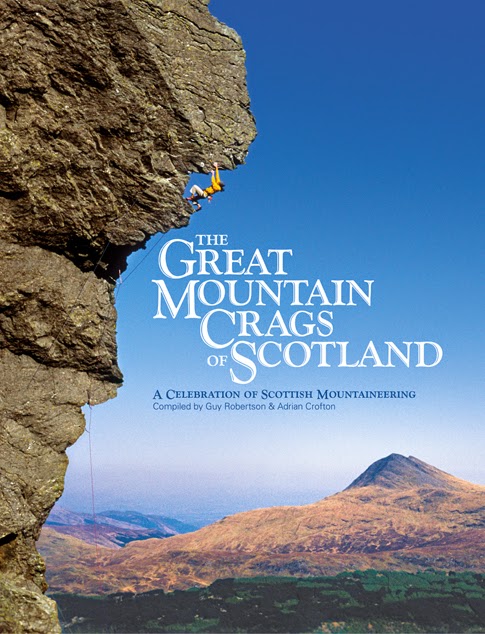Lifescapes #1
As counterpoint to a new series of books coming from Stone Country Press, I thought I'd introduce a few more elements of landscape theory and philosophy on this blog. The new series - Lifescapes - will reflect the mix of outdoor activity and philosophy as a means of expressing contemporary thoughts on various ways of 'being' in the outdoors.
After the mechanisation of farming, the technological monoculture of living off the land has left very few of us living close to the natural world. We mostly hunker in urban centres briefly catching the play of light and nature through city windows. I write this at a tenement window, where occasionally a sparrowhawk throws panic amongst the local finches and pigeons, but it's all very fleeting. Still, the urge to be part of a bigger natural world, even within the city, exists in many pursuits and interests.
From my own perspective, this found active representation (or non-representation, as it might now be perceived), in climbing, mountaineering and bouldering. But any modern outdoor activity shows some connection to the natural world, despite the obvious alienation that can come with obsession with technology and the formality of how we structure the social and competitive elements of our interests.
They all root to the same core desire, to be outside, finding our place, temporarily marking our spots with codified athleticism, or scribbling our names on the wall of time in a kind of temporal invisible ink. I like to think of a blog or social media as invisible ink, drying briefly to focus a message, before it dissolves again before your eyes.
Here ends thought #1 on Lifescapes...


